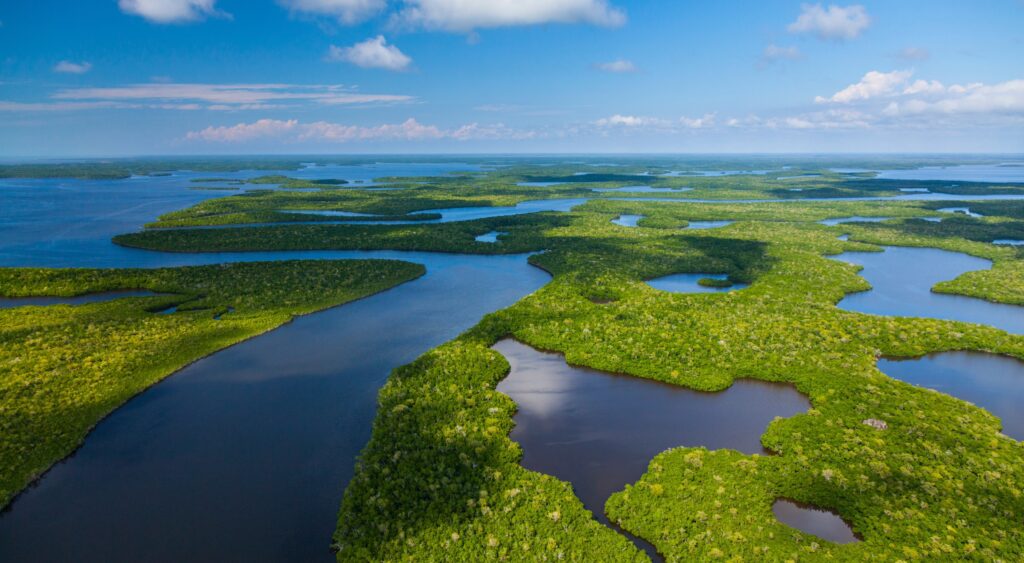

Everglades National Park: America’s Vast Tropical Wilderness
Everglades National Park: America’s Vast Tropical Wilderness
Everglades National Park, located in southern Florida, protects the southern twenty percent of the original Everglades. As the largest tropical wilderness in the United States and the largest wilderness of any kind east of the Mississippi River, the park attracts an average of one million visitors annually. It ranks as the third-largest national park in the contiguous United States, following Death Valley and Yellowstone.
The park’s global significance is underscored by its recognition on multiple prestigious lists. In 1976, UNESCO declared the Everglades and Dry Tortugas a Biosphere Reserve. Three years later, in 1979, the park was designated a World Heritage Site. Additionally, the Ramsar Convention recognized it in 1987 as a Wetland of International Importance. Remarkably, Everglades National Park is one of only three locations worldwide to appear on all three lists.
Unlike most national parks, which preserve unique geographic formations, Everglades National Park was the first established to protect a fragile ecosystem. The Everglades themselves are a vast network of wetlands and forests, nourished by a river that flows from Lake Okeechobee southwest into Florida Bay at a gentle pace of 0.25 miles (0.4 km) per day. This unique environment serves as the most significant breeding ground for tropical wading birds in North America and hosts the largest mangrove ecosystem in the Western Hemisphere.
The park is home to 36 threatened or protected species, including the Florida panther, American crocodile, and West Indian manatee. In total, it supports 350 species of birds, 300 species of fresh and saltwater fish, 40 species of mammals, and 50 species of reptiles. Everglades National Park also plays a vital role in South Florida’s water supply, recharging the Biscayne Aquifer, which provides the majority of the region’s freshwater.
Human activity in and around the Everglades dates back thousands of years. By 1882, plans emerged to drain the wetlands for agricultural and residential development. Over the 20th century, water from Lake Okeechobee was increasingly diverted to accommodate the rapid growth of South Florida’s metropolitan areas. Recognizing the urgent need to preserve this unique ecosystem, the park was established in 1934 and formally dedicated in 1947, even as major canal projects were underway across the region.
Today, Everglades National Park continues to face environmental challenges caused by decades of human activity. Efforts to restore its delicate ecosystems remain a politically charged and ongoing endeavor, highlighting the delicate balance between conservation and development in South Florida.